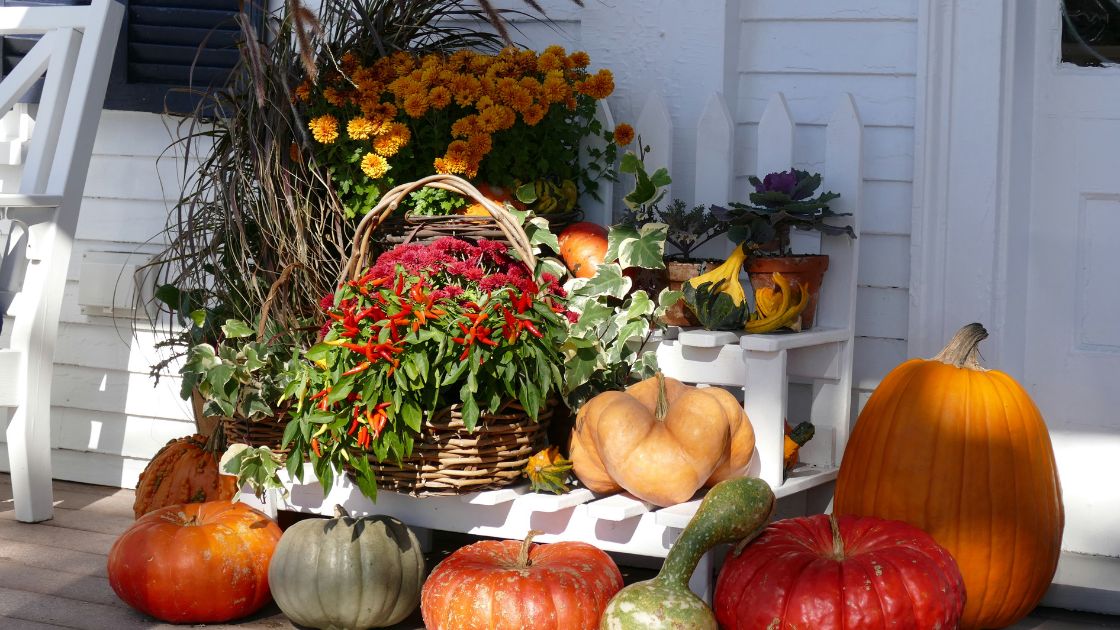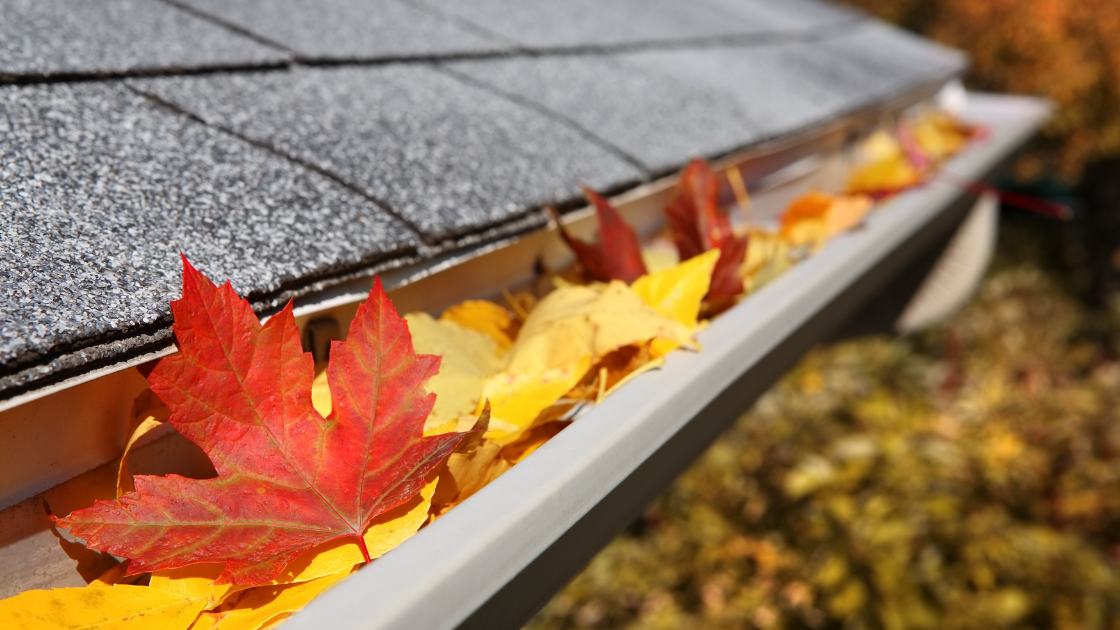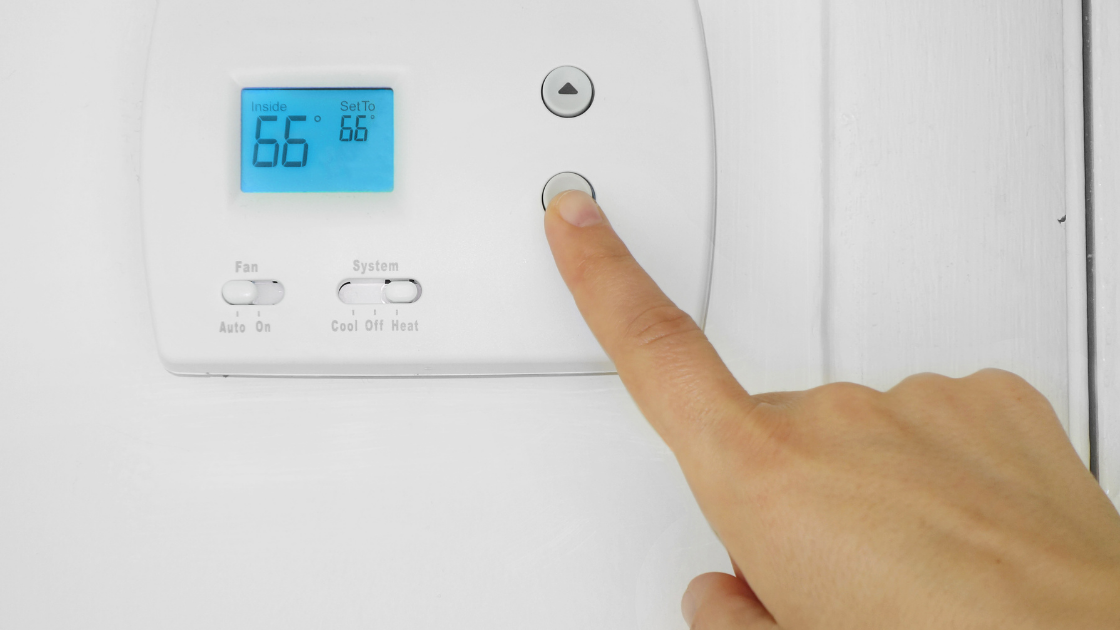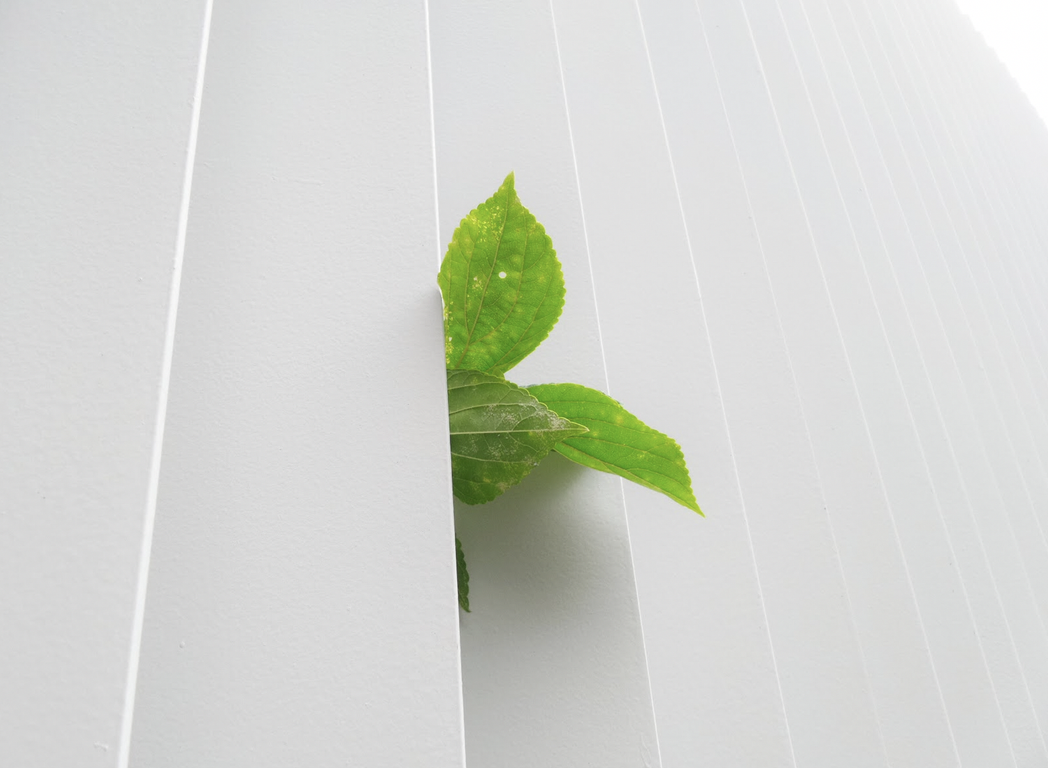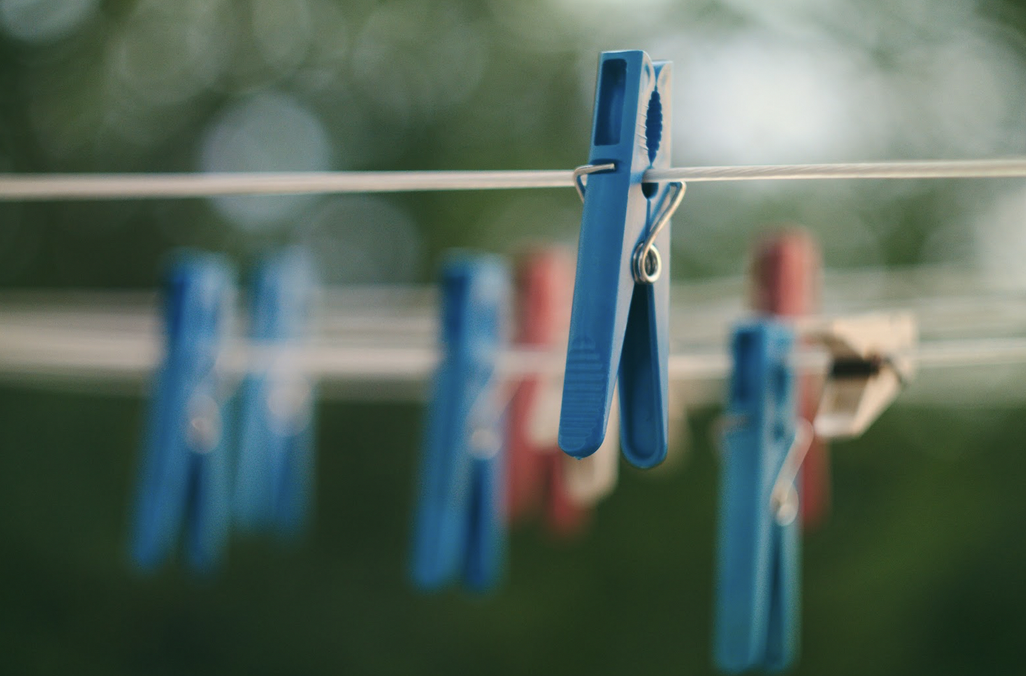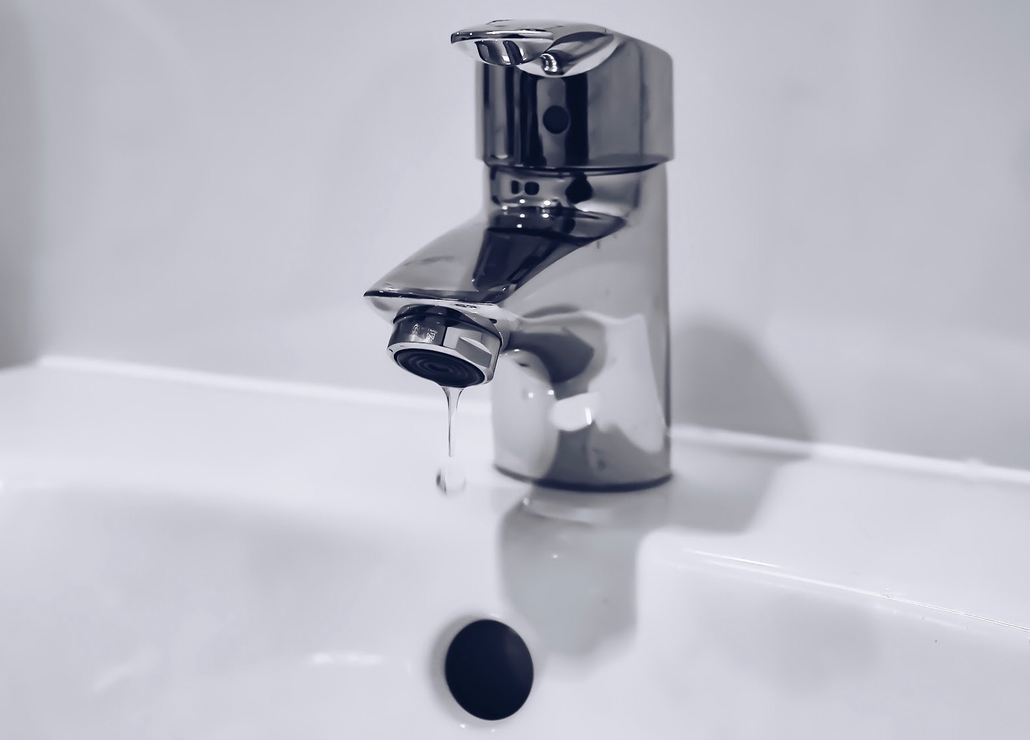As October winds down and Halloween decorations begin to feel a little too cobweb-covered, it’s the perfect time to refresh your space for a more refined, seasonal look. The good news? You don’t need a full redesign. With just one weekend and a few strategic swaps, you can transition from Halloween to harvest decor with ease—creating a cozy, welcoming home that feels perfectly autumnal without the fright.
1. Start with a Clean Slate

Begin by removing Halloween-specific items like skeletons, jack-o’-lanterns, fake cobwebs, and anything black-and-orange that feels more kitschy than cozy. As you pack things away, take note of versatile pieces that can carry over into your harvest decor—think woven baskets, brass candleholders, or even neutral-toned pumpkins. Clearing your surfaces gives you a fresh canvas for warm fall layering.
2. Bring in Warm, Layered Textures
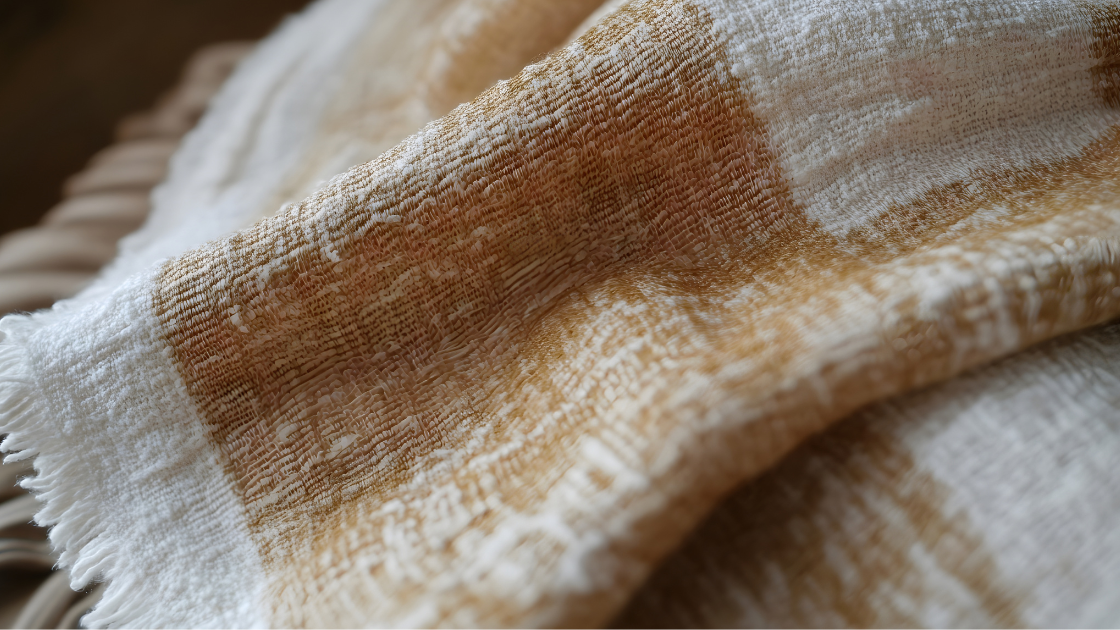
A hallmark of autumn style is softness and warmth. Swap out lightweight or graphic Halloween throws for plush, textured blankets in rich tones like caramel, burnt orange, rust, or olive green. Add velvet or boucle throw pillows to your living room or bedroom for instant luxury. Consider layering a faux fur or jute runner on your dining table or sideboard to build visual depth.
3. Embrace Earthy, Neutral-Toned Decor

When you transition from Halloween to harvest decor, lean into a neutral, nature-inspired palette. Whites, creams, soft browns, and muted greens pair beautifully with seasonal elements. Replace black and neon accents with ceramic vases, dried wheat bundles, wooden candlesticks, and soft linen table runners. Neutral decor not only brings calm but also acts as the perfect base for subtle holiday transitions in the weeks to come.
4. Update the Scentscape

Your home should smell as cozy as it looks. Retire any overly sweet or Halloween-themed candles and introduce more refined autumn scents like smoked vanilla, cedarwood, fig, amber, or chai spice. Use candles, essential oil diffusers, or simmer pots to infuse your space with warmth. Place scent elements in key areas—entryways, living spaces, and guest bathrooms—for maximum impact.
5. Style Seasonal Florals and Foliage
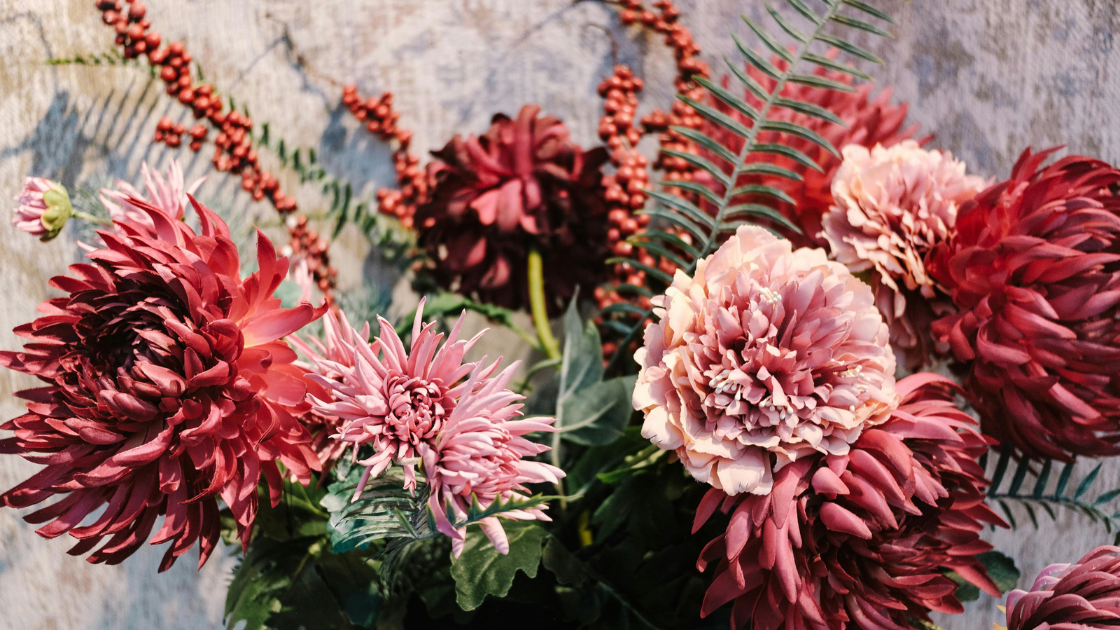
Florals are the perfect way to celebrate the change in season. Trade out black roses or plastic stems for elegant fall arrangements using dahlias, ranunculus, eucalyptus, or dried amaranthus. Tall branches with golden leaves or preserved grasses can add height and drama to your mantels or dining tables. Keep the vessel neutral for a luxe, grounded effect.
6. Rethink Your Entryway

Create a warm first impression by updating your porch or foyer. Remove Halloween signage and replace it with seasonal wreaths made from dried leaves or pampas grass. Add lanterns, heirloom pumpkins in white or muted green, and a plaid doormat for a sophisticated welcome.
7. Curate a Harvest-Inspired Centerpiece

Whether for your dining table or kitchen island, a simple harvest centerpiece ties everything together. Think wooden bowls filled with seasonal fruits like pears and pomegranates, candlesticks surrounded by fall leaves, or a cluster of ceramic pumpkins in varying sizes. Add subtle metallics like antique gold or copper for an elevated finish.
Leaves for Thought
You don’t need to overhaul your home to transition from Halloween to harvest decor. A few thoughtful swaps and additions can turn your space into a cozy, elegant retreat perfect for November gatherings or simply curling up with a good book. By focusing on texture, scent, and nature-inspired elements, you’ll create a seamless seasonal shift that feels both refined and welcoming.



